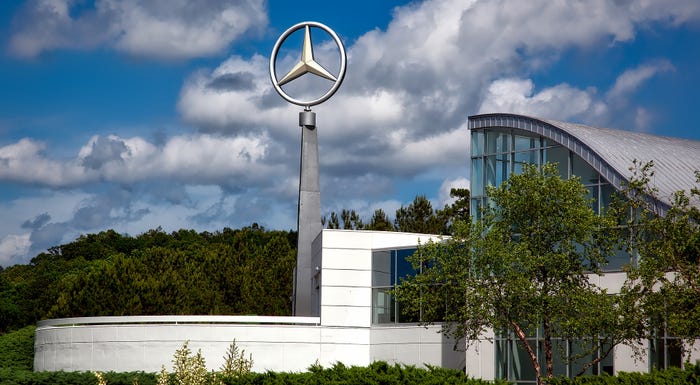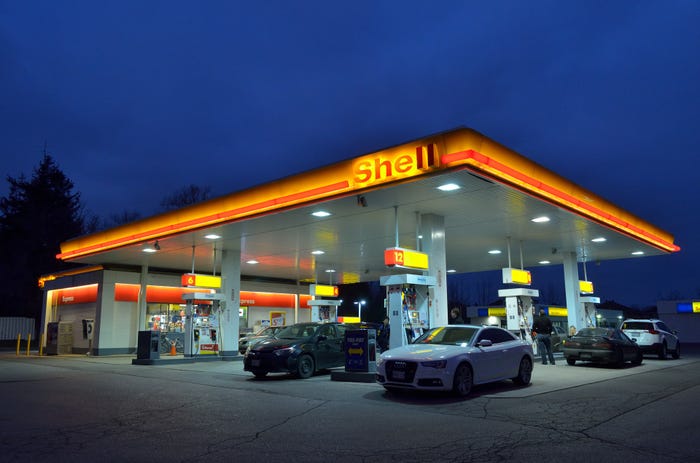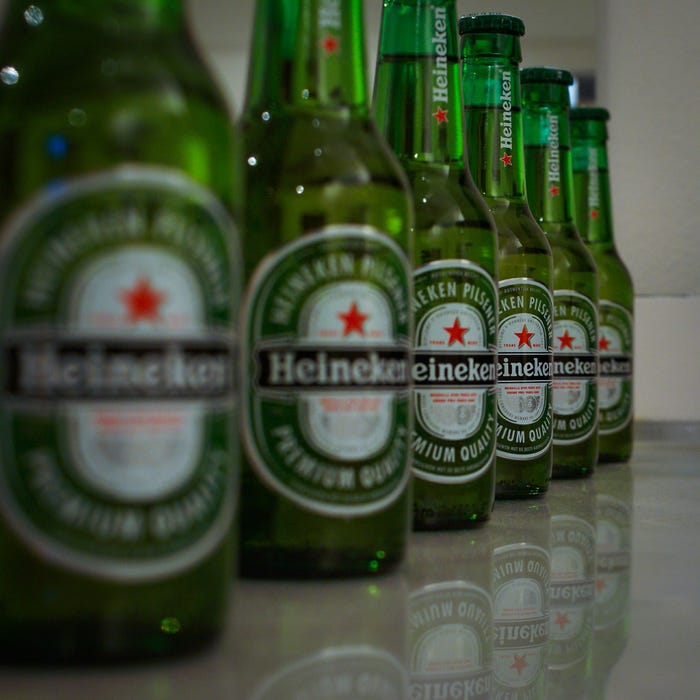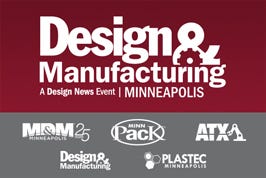Top Companies, Industries Adopt 3DP for Maintenance
3D printing helps maintenance in reducing downtime by increasing availability of replacement parts – in many cases at a lower cost.
October 3, 2019
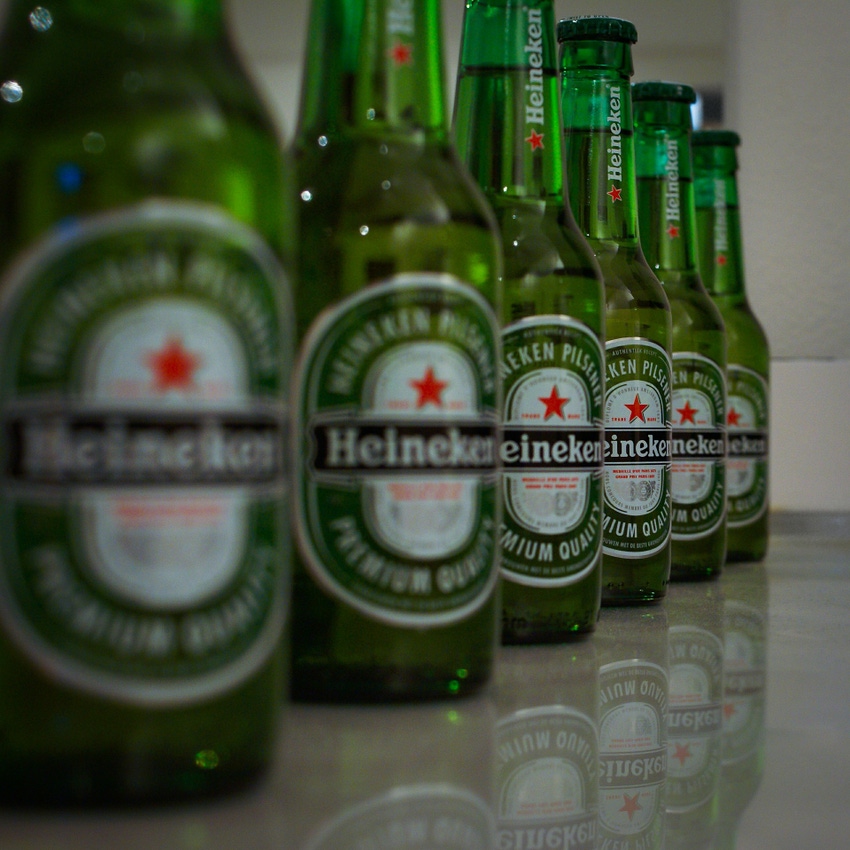
3D Printing has begun to take its hold on manufacturing, and maintenance is one of the key areas of implementation. Through 3D printing, or Additive Manufacturing, businesses are seeing faster turnaround time, lower inventory costs, and greater flexibility in their parts and repair services.
Maintenance teams are always under pressure to deliver service quickly, efficiently, and at low cost. The major task of maintenance is to drive down unplanned downtime and, therefore, increase Overall Equipment Effectiveness. 3D printing helps maintenance in reducing downtime by increasing availability of replacement parts – in many cases at a lower cost. Technicians can create custom pieces on-demand to fit the needs of the operation.
With these benefits, many industries have begun to adopt 3D printing programs. Let’s examine how the companies at the forefront of their industries are using this innovative technology to improve their maintenance management efforts.
Airlines
The airline industry is probably the most advanced when it comes to 3D printing in maintenance, perhaps due in part to the needs of the business. Parts must be available and must meet strict guidelines for quality. Timelines can be tight, and locations remote.
|
Aerospace is way ahead of most industries in the use of 3D printing. |
Air New Zealand demonstrated a perfect scenario for aircraft maintenance on a Boeing 777. They simulated an issue with the cabin on a flight from New Zealand to Los Angeles. Rather than wait for a part to be sent later to Los Angeles, Air New Zealand sent specs to LAX, where a part was manufactured with 3D printing and waiting when the plane landed. Maintenance could then execute the repair without incurring any downtime.
Marshall ADG, an aircraft design and maintenance company, has used 3D printing to change the materials of parts. They printed an air duct part in nylon, rather than the traditional aluminum. This led to a cost savings on the part, as well as reduced the weight of the part by 63%.
The U.S. Marines devised a 3D Printed toolkit that will help to stop oil leaks, allowing for faster turnaround on engine repairs. In the past, a team of technicians would need to travel to the location of the aircraft to temporarily ready the engines for repair. That task is now eliminated with the specialized kit made possible by 3D printing.
Automotive
The automotive industry is no stranger to additive manufacturing. Industry heavyweights such as Mercedes-Benz, Volkswagen, BMW, GM, Ford, and Daimler have all begun their own 3D Printing programs. Some are seeing prices of parts dropping nearly 1000% with General Motors reporting General Motors a projected savings of more than $300,000 since acquiring a 3D printer more than four years ago.
|
Industry heavyweights such as Mercedes-Benz, Volkswagen, BMW, GM, Ford, and Daimler have all begun their own 3D Printing programs. |
One interesting development in this area is the Repair Bot project. The Repair Bot is an innovative collaboration in Australia combining 3D printing with robotics and 3D scanning technology. The robot can make a scan of a repair needed, then print the necessary part, ideally in place. It was recently able to print a replacement lug directly onto a headlight assembly. The concept will be used for repair of parts that were previously non repairable.
Oil and Gas
The oil and gas sector has been slower than others to adopt 3D printing. It is a traditionally conservative industry, and it has high standards for durability of materials. The sheer scale of the equipment can also be a barrier – it is difficult to find a large enough printer for a 48-inch valve, for example.
Even with these limitations, the industry is seeing the value in 3D printing. Many oil production facilities (i.e., offshore rigs) are in remote areas, making logistics expensive and time consuming. Shell is using 3D printing technology to speed the design and construction cycle of its projects. Their design studio created a gas analyzer connector, which cut the part timing from several weeks to 5 days.
|
The oil and gas industry has started to adopt 3D printing for custom parts. |
Another area where oil and gas can see value is in obsolete parts. Facilities in this sector last for a very long time, and the equipment is pushed past its design life. This is where additive manufacturing can step in – and create those obsolete replacement parts, until the facility can upgrade the equipment entirely.
Food & Beverage
Even beverage companies are joining in on the fun. Heineken has seen improvements by adding 3D Printing capabilities to its factory. The first uses were small pilot programs in safety. After some successes, Heineken began to use the printer to make custom parts needed in their processing. In doing so, it has seen a 70%-90% decrease in costs, as well as a 70-90% decrease in delivery time.
|
Heineken now plans to globally expand its Additive Manufacturing program. |
RELATED ARTICLES:
Their maintenance staff no longer needs to maintain inventories of special parts, nor does the operation need to wait for special deliveries from part suppliers. Due to the success of this venture, Heineken now plans to globally expand the Additive Manufacturing program.
Conclusion
Operations and maintenance groups are realizing the benefits in 3D printing today. With 3D printing, they do not need to maintain an inventory of rare spare parts. Downtime is reduced, due to on-demand printing of replacement parts when breakdowns occur. In this model, part cost is often reduced as it no longer carries the hidden costs of packaging, marketing, warehousing, and logistics.
It is no wonder that the number of 3D printing companies is increasing, and will continue to grow in the near future.
Bryan Christiansen is the founder and CEO of Limble CMMS.
The Midwest's largest advanced design and manufacturing event! |
About the Author(s)
You May Also Like

